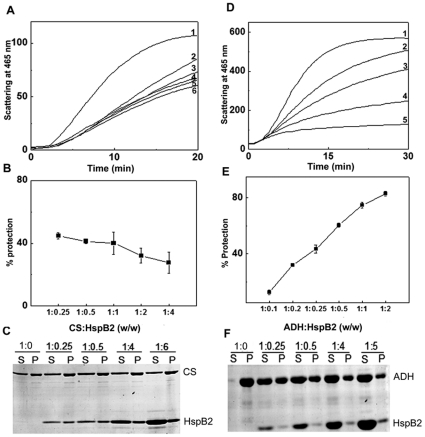Figure 8. Effect of HspB2 on the thermal aggregation of citrate synthase (CS) at 43°C.
(a) Aggregation profile of 25 µg/ml CS alone (1) and in the presence of 1∶4, (2); 1∶2, (3); 1∶1, (4) 1∶0.5, (5) and 1∶0.25, (6) ratios of CS to HspB2 (w/w). (b) The apparent percentage protection calculated from light scattering profile as a function of the weight ratio of CS to HspB2. (c) The SDS-PAGE pattern of soluble (S) and precipitate (P) fractions of mixtures of various citrate synthase to HspB2 ratios used in the chaperone assays. The soluble fraction and the precipitate were obtained by centrifugation at the end of the chaperone assay. (d) Effect of HspB2 on the thermal aggregation of yeast alcohol dehydrogenase (ADH) at 48°C. Aggregation profile of 0.2 mg/ml ADH alone (1) and in the presence of 1∶0.1, (2); 1∶0.2 (3); 1∶0.5, (4); 1∶2 (5); ratios of alcohol dehydrogenase to HspB2 (w/w). (e) the percentage protection calculated from light scattering profile as a function of the weight ratio of ADH to HspB2. (f) SDS-PAGE pattern of soluble (S) and precipitate (P) fractions of mixtures of various ADH to HspB2 ratios used in the chaperone assays. The soluble fraction and the precipitate were obtained by centrifugation at the end of the chaperone assay.

